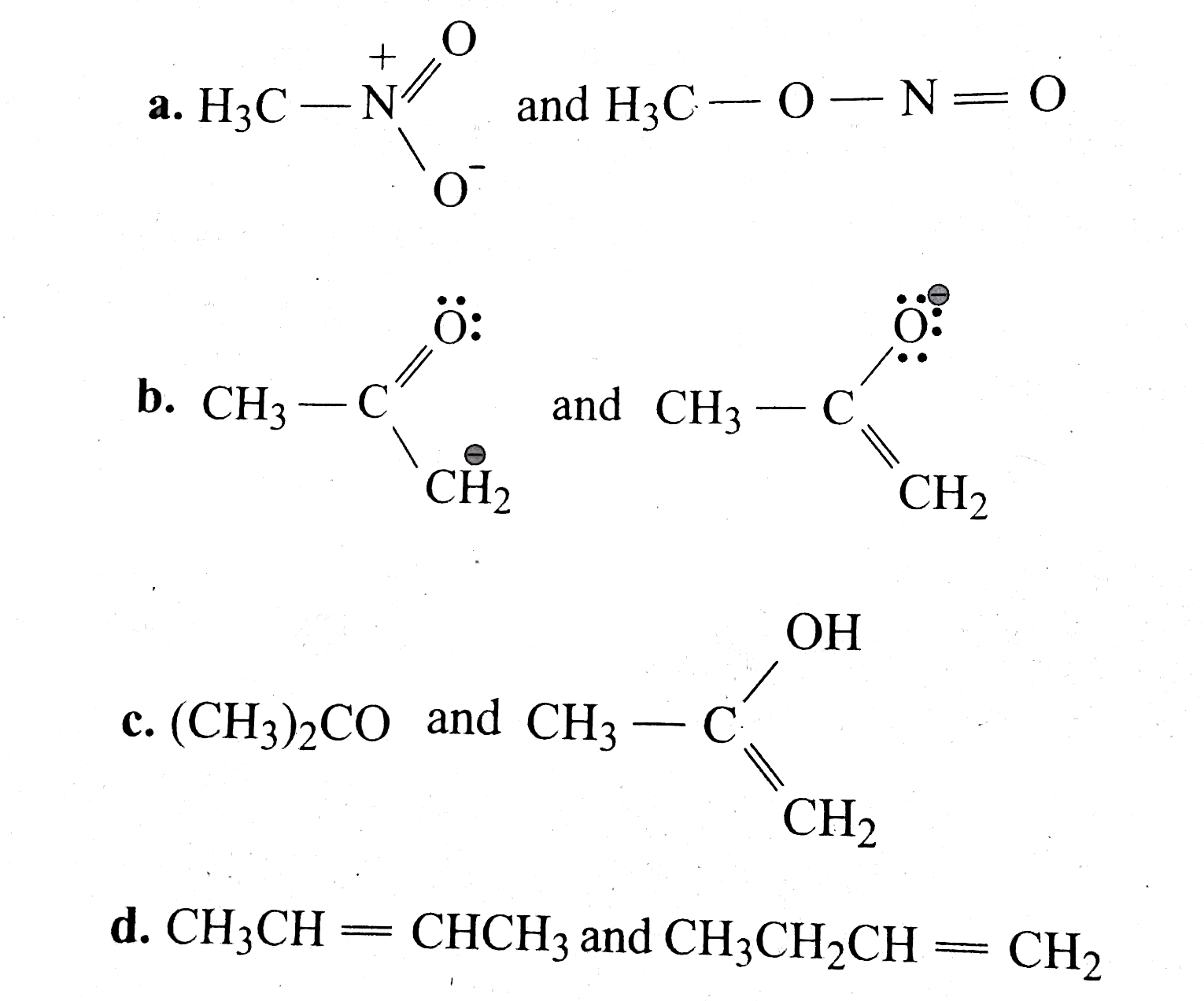Complete Solutions to Concept of chapter GENERAL ORGANIC CHEMISTRY of Class 11 book with complete answers and questions
| Class 11 | CHEMISTRY |
| Chapter | GENERAL ORGANIC CHEMISTRY |
| CENGAGE CHEMISTRY | Concept |
| Number Of Questions | 17 |
| Academic Year | 2023-24 |
Using curved-arrow notation, show the formation of reactive intermediates when the following covalent bonds undergo heterolytic cleavage.
(a) `CH_(3)–SCH_(3)`, (b) `CH_(3)–CN`, (c) `CH_(3)–Cu`02:30View SolutionGiving justification, categorise the following molecules/ions as nucleophile or electrophile:
`HS^(-),BF_(3),C_(2)H_(5)O^(-),(CH_(3))_(3)N,`
`Coverset(+)l,CH_(3)-overset(+)C=O,H_(2)N^(-),, overset(+)NO_(2)`03:49View SolutionIdentify electrophilic centre in the following: `CH_(3)CH=O, CH_(3)CN, CH_(3)I.`
02:06View SolutionWhich bond is more polar in the following pairs of molecules: (a) `H_(3)C-H, H_(3)C-Br` (b) `H_(3)C-NH_(2), H_(3)C-OH` (c) `H_(3)C-OH, H_(3)C-SH`
02:30View SolutionIn which C–C bond of `CH_(3)CH_(2)CH_(2)Br` , the inductive effect is expected to be the least?
01:57View SolutionWrite resonance structures of `CH_(2)=CH–CHO` . Indicate relative stability of the contributing structures.
05:08View SolutionExplain why the following two structures, I and II cannot be the major contributors to the real structure of `CH_(3)COOCH_(3)`
 01:47View Solution
01:47View SolutionExplain why `(CH_(3))_(3)overset(+)C`is more stable than `CH_(3)overset(+)CH_(2)` and `CH_(3)` is the least stable cation
03:03View SolutionDraw the complete structures of bromomethane
01:34View SolutionWhich of the following pairs of structures do not constitude resonance structures ?
 02:50View Solution
02:50View SolutionWhich is expected to be more stable,
(I) `O_2NCH_2CH_2O^-` or
(II) `CH_3CH_2O^-` any why ?02:22View SolutionDraw the resonance structures for the following compounds. Show the electron shift using curved-arrow notation.
`C_6 H_5 -CHO`07:41View SolutionExplain why alkyl groups act as electron donors when attached to a n system
02:21View SolutionClassify the reagents shown in bonds in the following equations as nucleophilies or electrophiles. Use curved-arrow notation to show the electron movement.
(a) `CH_3COOH + HO^(Ө) rarr CH_3COO^(Ө) + H_2 O`
(b) `CH_3COCH_3 + NC^(Ө) rarr CH_3C(CN) OHCH_3`02:27View SolutionClassify the following reactions in one of the reaction type studied in this unit.
`CH_3CH_2 Br + HS^(-) to CH_3 CH_2 SH`01:19View SolutionWhat is the relationship between the members of following pairs of structures ? Are they structural or geometrical isomers or resonance contributors ?
 03:30View Solution
03:30View SolutionFor the following bond cleavages, use curved-arrows to show the electron flow and classify each as homolysis or heterolysis. Identify reactive intermediate produced as free radical, carbocation and carbanion.

 04:49View Solution
04:49View Solution
Concept questions and complete solutions for chapter GENERAL ORGANIC CHEMISTRY of CENGAGE CHEMISTRY (ENGLISH) of Class 11
